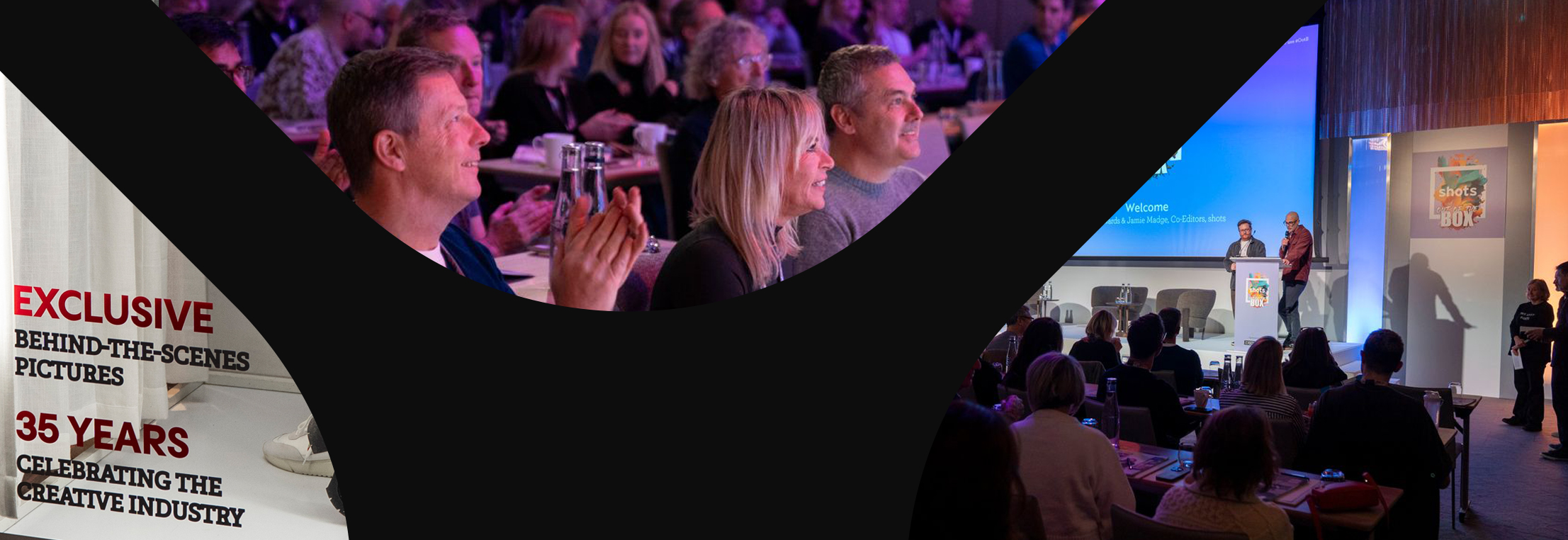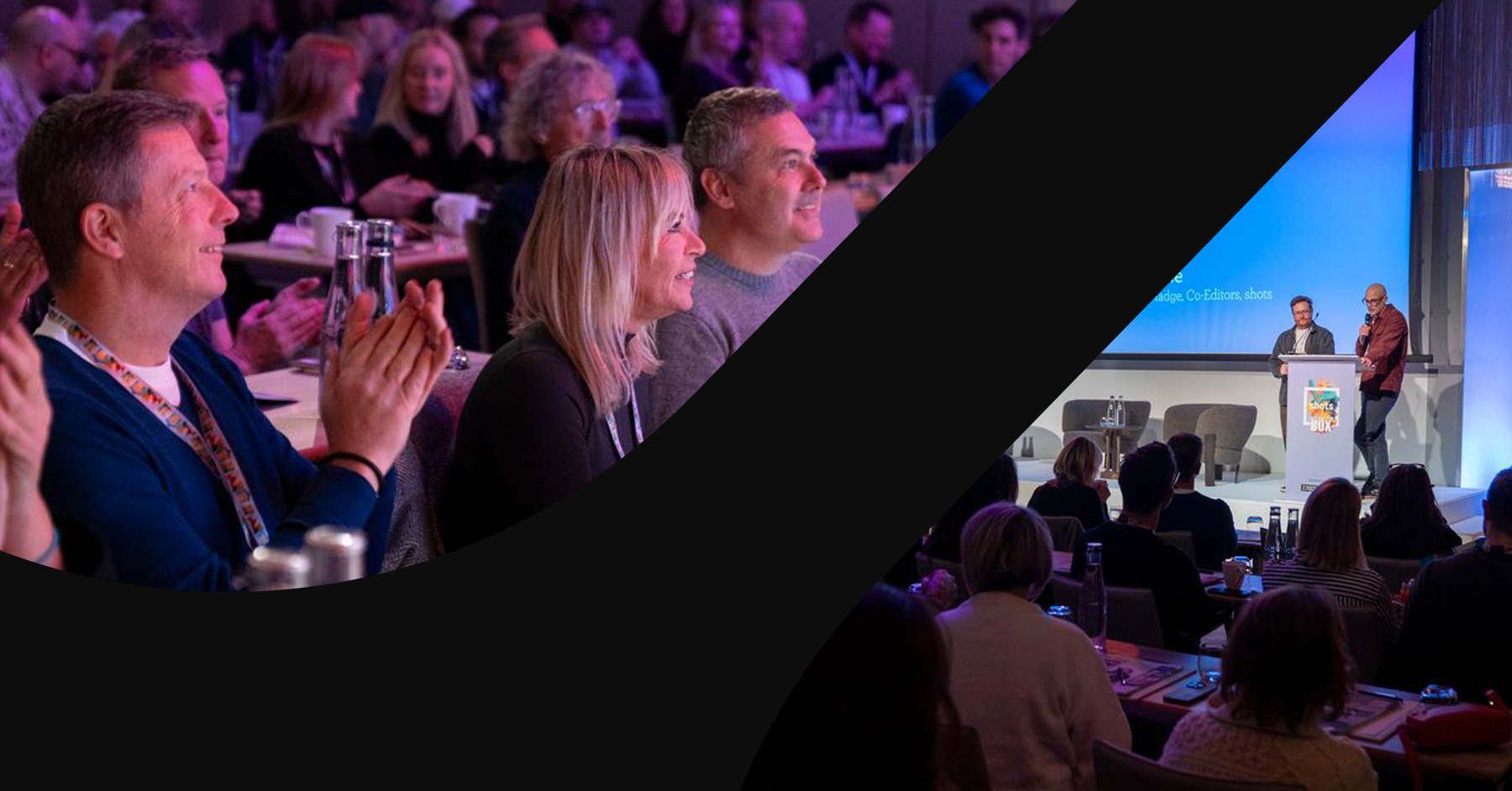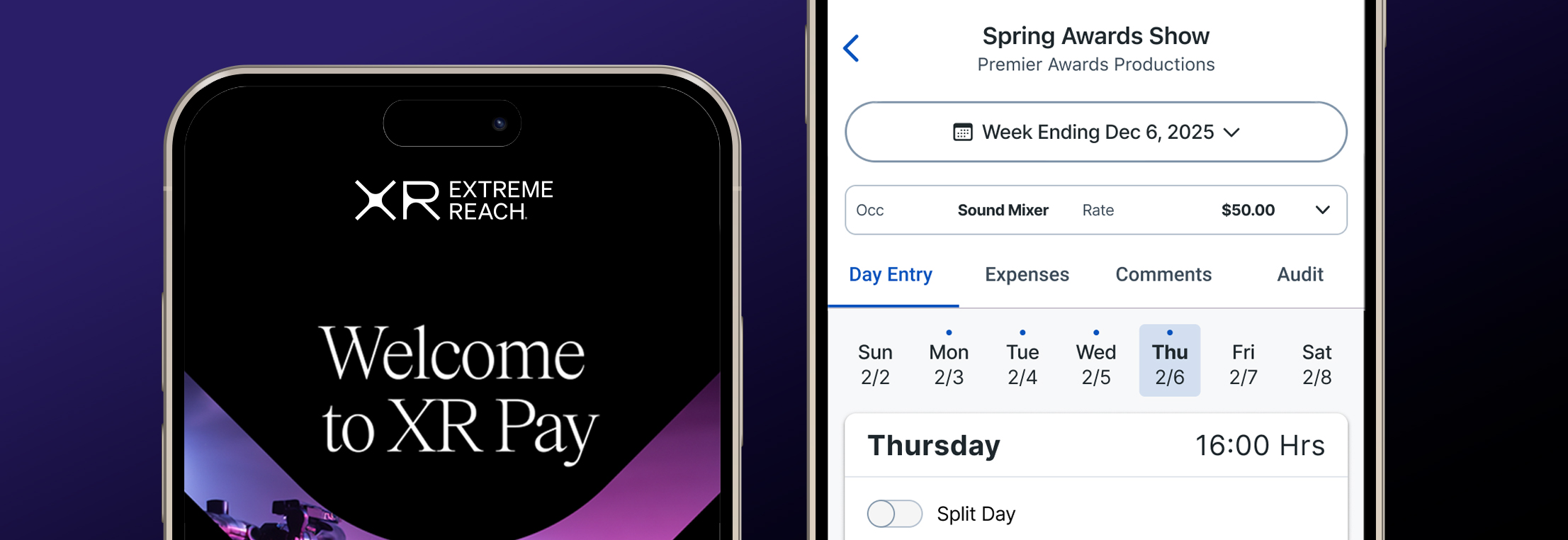The Rising Power of Hispanic and Latino Consumers
Americans who identify as Hispanic or Latino make up the country’s largest minority group, comprising roughly 66.5 million people according to a report from Claritas “The 2022 U.S. Hispanic Market Report.” As 20% of the total US population, these consumers have a combined buying power that exceeds $2 trillion—and this number is expected to grow. We look at how Latinos are driving spending, and what brands are doing to connect with this all-important demographic.
Numbers on the Rise
NielsenIQ reports that over the next 40 years, Latinos will contribute more to US population growth than any other group. While numbers among non-Hispanic whites are expected to decline, growth in the Latino community will account for a staggering 68% of the total population surge by 2060. Overall, Latinos are also younger—31% are under age 18, compared to 22% for the rest of the US population, with a median age of 29.8 versus 38.5 for other groups, according to MediaPost. With more Americans hitting retirement age, that older group will increasingly depend on those in the workforce -- many Latinos among them -- who pay into systems such as Social Security and Medicare.
Buying power is also increasing among Hispanic groups, which grew by 69% from 2010 to 2019, overtaking the 41% spending growth seen among non-Hispanics, per NielsenIQ. Latinos tend to be more engaged shoppers and are among the fastest adapters of technology, with 77% of Latinas owning a smartphone. Several sectors will especially benefit from Latino spending: automotive, furniture, electronics, appliances, sporting goods, and baby retail, among them. Of course, it’s important to remember that these are not homogenous groups. Brands that successfully reach these consumers do so by understanding the different nuances of culture, language, geography and heritage inherent among the Latino/Hispanic demographic.
Importance of Multicultural Marketing
Despite their growing spending power, Hispanic consumers are an underserved demographic—and that presents a rich opportunity for marketers. According to the Hispanic Marketing Council, only 6% of overall ad industry investment is currently spent to reach this group. “Multicultural marketing is the biggest growth opportunity we have in front of us,” said Marc Pritchard, Procter & Gamble’s chief brand officer. For brands to authentically connect with Hispanic consumers, Pritchard suggests a formula that includes increasing representation in ads, developing partnerships with media platforms owned by multicultural individuals, and performing more inclusive research.
Case in point: three-quarters of Hispanic adults speak Spanish at home, while younger Latinos are making conscious decisions to connect with their Spanish-speaking roots as a matter of cultural pride, according to NielsenIQ. Vicks over-the-counter medication brand recently recognized the importance of authentic Spanish-language messaging in its “Buenas Noches, Tos” (“Good Night, Cough”) ads that ran on platforms like Televisa Univision. The brand also pursued strategic sponsorship opportunities, including partnerships with Major League Soccer and the national Mexican soccer team due to the sport’s huge popularity among Hispanic households. Recently, more than 300 global brands—including Nike, IBM and Airbnb—signed a corporate pledge to hire and engage more Hispanic workers and consumers, creating new economic pathways that will be essential to continued growth as this demographic base expands.



.jpg)
